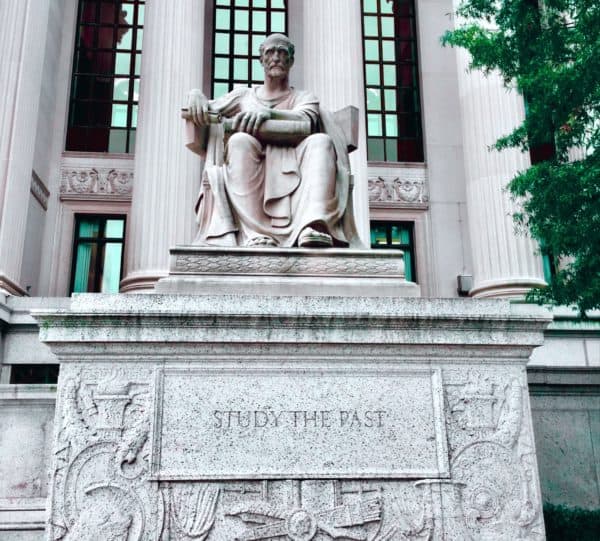Last week, the White House issued an Executive Order on digital assets that outline an approach to regulating the emerging industry. While many details remain to be disclosed, and multiple agencies will be involved in building a regulatory strategy, the crypto industry was relieved that the EO acknowledged the need to support digital asset innovation – effectively this is now policy. Simultaneously, there were no statements that appear to encourage overly aggressive rulemaking that may stymie the digital asset industry.
The EO stated: “The rise in digital assets creates an opportunity to reinforce American leadership in the global financial system and at the technological frontier, but also has substantial implications for consumer protection, financial stability, national security, and climate risk. The United States must maintain technological leadership in this rapidly growing space, supporting innovation while mitigating the risks for consumers, businesses, the broader financial system, and the climate. And, it must play a leading role in international engagement and global governance of digital assets consistent with democratic values and U.S. global competitiveness.”
The EO went on to outline a series of policy goals that mainly focused on investor protection and guarding against illicit activity. The EO expressed a desire to support the responsible development of digital assets while exploring a possible central bank digital currency.
Multiple industry insiders welcomed the Biden Administration’s policy goals calling it a win for the industry. Jackson Mueller, formerly at Milken and now Director of Policy, Government Relations at Securrency, expressed his belief that the Biden Administration is now fully invested in developing an appropriate government-wide approach for digital assets.
Recently, Crowdfund Insider connected with Jeffrey Alberts, co-Head of Pryor Cashman’s Fintech Group, to glean additional insight into the EO and what this may mean for crypto. Alberts also works in the white-collar defense and investigations group at the firm. Within his role in the Fintech Group, Alberts works with blockchain, digital currency, and other Fintechs on a variety of regulatory issues.
Below is our discussion with Alberts and his opinion on the Executive Order and where we go from here.
The digital asset industry has embraced the executive order as it did no harm while recognizing the importance of innovation. Any thoughts on this?
 Jeffrey Alberts: The embrace of the executive order by the digital asset industry is mostly just wishful thinking. The executive order is neutral, and there is nothing in the text of the order suggesting that it will result in changes that digital asset innovators view as positive.
Jeffrey Alberts: The embrace of the executive order by the digital asset industry is mostly just wishful thinking. The executive order is neutral, and there is nothing in the text of the order suggesting that it will result in changes that digital asset innovators view as positive.
The executive order was not very prescriptive but it did skip over some topics like DeFi. Was this omission by design?
Jeffrey Alberts: Given the lack of specificity in the order, the absence of reference to specific topics does not mean much.
SEC Chairman Gary Gensler quickly tweeted his interest in pursuing investor protection ambitions as well as pursuing illicit activity. Does this send a mixed message to the industry?
Jeffrey Alberts: No, Gary Gensler’s comments send a clear message about the SEC’s focus. It is not inconsistent with the executive order, because the executive order is neutral as to the outcome of the process it initiates.
In the end, don’t we need an act of Congress? If yes, thoughts on this?
Jeffrey Alberts: Yes, creating a unified regulatory framework would require an act of Congress. It is very unlikely that we will see this any time soon given the legislative disfunction in Washington right now.
What about central bank digital currencies (CBDCs)? The Fed is already working on this. Do you see a benefit between a federal digital currency versus a USD stablecoin that is regulated appropriately?
Jeffrey Alberts: Stablecoins and CBDCs serve different needs. Consumers likely would benefit from having both options available. Stablecoin issuers can offer more innovative products and get to market far faster than central banks. Central banks do not, and should not, quickly implement novel technological developments before potential risks can be thoroughly analyzed.
Where do we go from here?
Jeffrey Alberts: Unfortunately, the current regulatory ambiguity is unlikely to be resolved within the next few years. This puts digital asset companies in a very difficult position and will lead many of the most innovative companies to avoid U.S. markets and refuse to provide services to U.S. consumers.


